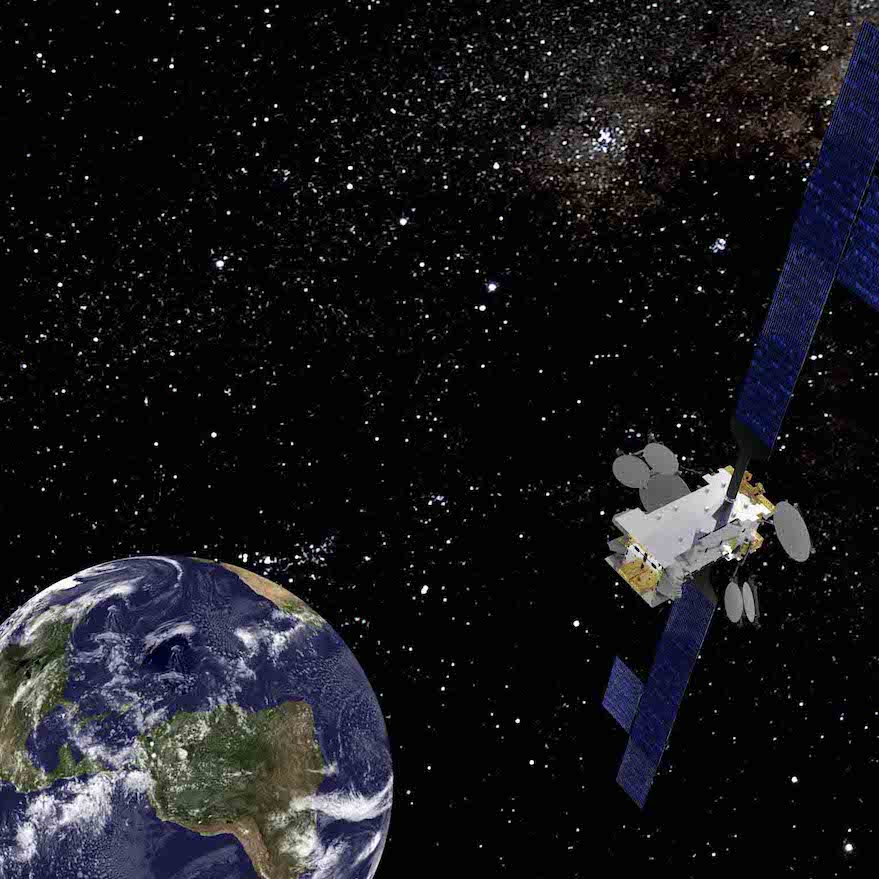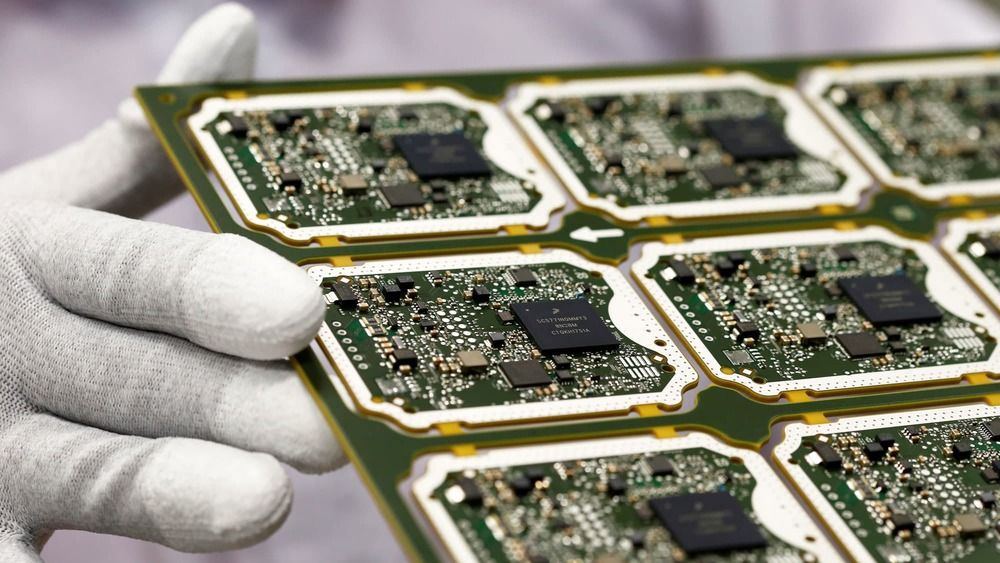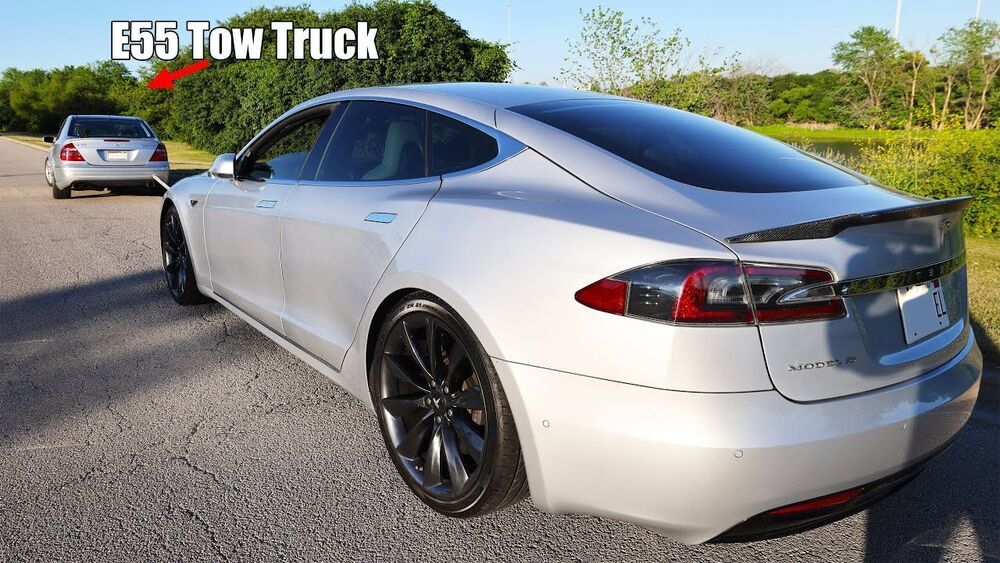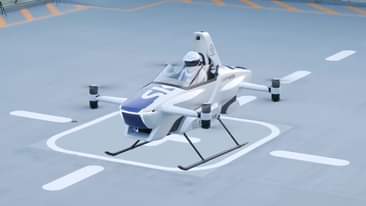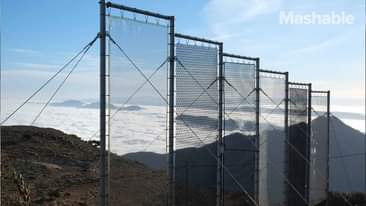Clickbait headlines might not be as enticing to readers as once thought, according to a team of researchers. They added that artificial intelligence—AI—may also come up short when it comes to correctly determining whether a headline is clickbait.
In a series of studies, the researchers found that clickbait—headlines that often rely on linguistic gimmicks to tempt readers to read further—often did not perform any better and, in some cases, performed worse than traditional headlines.
Because fake news is a concern on social media, researchers have explored using AI to systematically identify and block clickbait. However, the studies also suggest that identifying fake news with artificial intelligence may be even more complicated than anticipated, said S. Shyam Sundar, James P. Jimirro Professor of Media Effects in the Donald P. Bellisario College of Communications and co-director of the Media Effects Research Laboratory.

